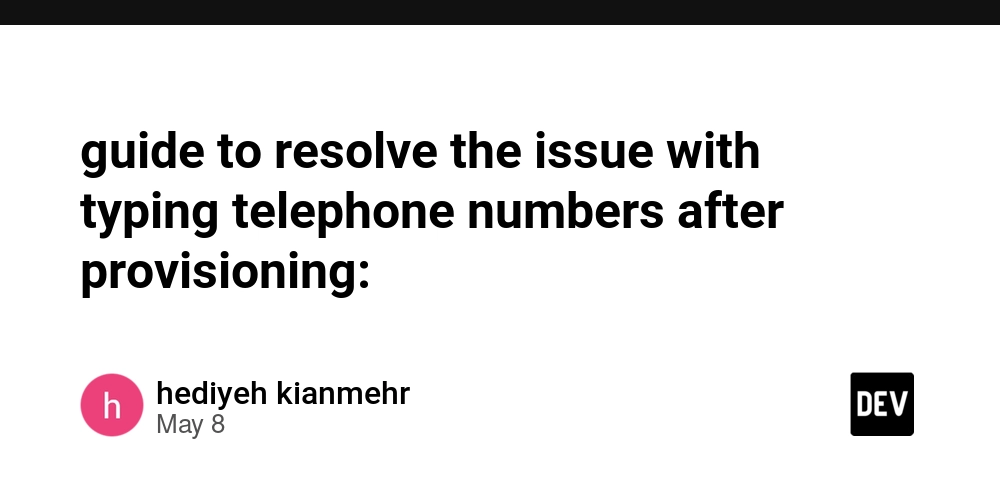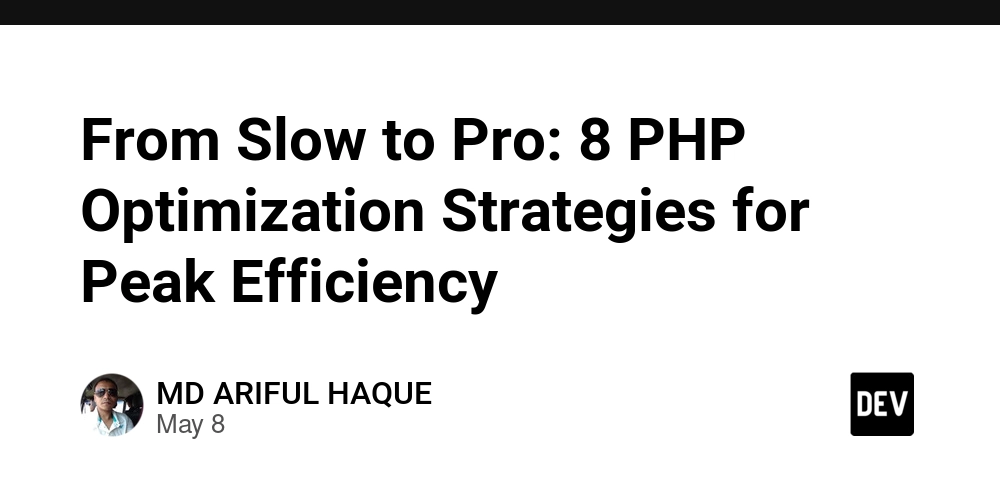How to Print 'undef' for Undefined Perl Array Elements?
In Perl, dealing with undefined values in arrays can be tricky, especially when you want to print the elements without encountering warnings. In this blog post, we'll explore how to output 'undef' for undefined array elements instead of leaving them blank, ensuring your Perl script runs smoothly and clearly communicates the information you intend to display. Understanding Undefined Values in Perl Undefined values in Perl occur when an element of an array hasn't been assigned a value. When this happens, a warning is generated when trying to print or manipulate these undefined values. For instance, if you have an array with a mixture of defined and undefined values, Perl does not replace the undefined values with a placeholder, leading to output that can confuse users or readers. The Problem in Your Code Let's take a look at your initial setup: #! /usr/bin/env perl use warnings; use strict; use utf8; use feature qw(say); my @a1 = 1..8; my @a2 = (4143, undef, 8888); my @a3 = qw(a b c); say "@a1 and @a2 and @a3"; exit(0); When you try to print @a2, which contains an undefined element, Perl will issue a warning regarding the uninitialized value. This is because undef does not naturally translate into a user-friendly output; it simply leaves a gap. Your goal is to modify this output to display the string 'undef' instead. Step-by-Step Solution To achieve this, you can iterate through your array elements and check each one for a defined value. If an element is undefined, replace it with the string 'undef'. Here’s how to do it: 1. Modify the Print Logic Using a Loop You can adjust your code to include a loop that checks each element of the arrays before printing. Here's an updated version of your script: #! /usr/bin/env perl use warnings; use strict; use utf8; use feature qw(say); my @a1 = 1..8; my @a2 = (4143, undef, 8888); my @a3 = qw(a b c); sub print_array { my @array = @_; for my $item (@array) { if (defined $item) { print "$item "; } else { print "undef "; } } } print_array(@a1); print "and "; print_array(@a2); print "and "; print_array(@a3); print "\n"; exit(0); 2. Explanation of the Code Creating the Print Function: We define a subroutine called print_array which accepts an array. Within this subroutine, we iterate over each item and check if it is defined using the defined function. Conditionally Printing: If the item is defined, we print it as is; otherwise, we print the string 'undef'. This approach allows for a clean and informative output without generating warnings. Output the Arrays: Finally, we call print_array for each of our arrays with appropriate formatting. This ensures that regardless of undefined values, our output remains clear and informative. Output Result When you run this modified script, you would see the following output: 1 2 3 4 5 6 7 8 and 4143 undef 8888 and a b c This output now accurately reflects the presence of undefined values with a clear message while avoiding warnings. Frequently Asked Questions Q: Why does Perl warn about undefined values? A: Perl warns about undefined values to help developers catch potential bugs in their code. It ensures that you address cases where a variable might be used before being properly assigned a value. Q: How can I suppress warnings in Perl? A: While you can suppress warnings using no warnings;, it is generally better to handle undefined values instead of ignoring them. This improves the clarity and reliability of your code. Q: Can I handle undefined values in other data types? A: Yes, this approach can be adapted for hashes and other data structures. The conditional check for 'defined' can be used universally across different Perl data types. Conclusion In conclusion, handling undefined values in Perl arrays can be easily managed by checking each element and using conditional logic for printing. By implementing a subroutine to encapsulate this functionality, you can maintain clean output while effectively communicating the state of your data. Now you can confidently display 'undef' in your Perl scripts without warnings!
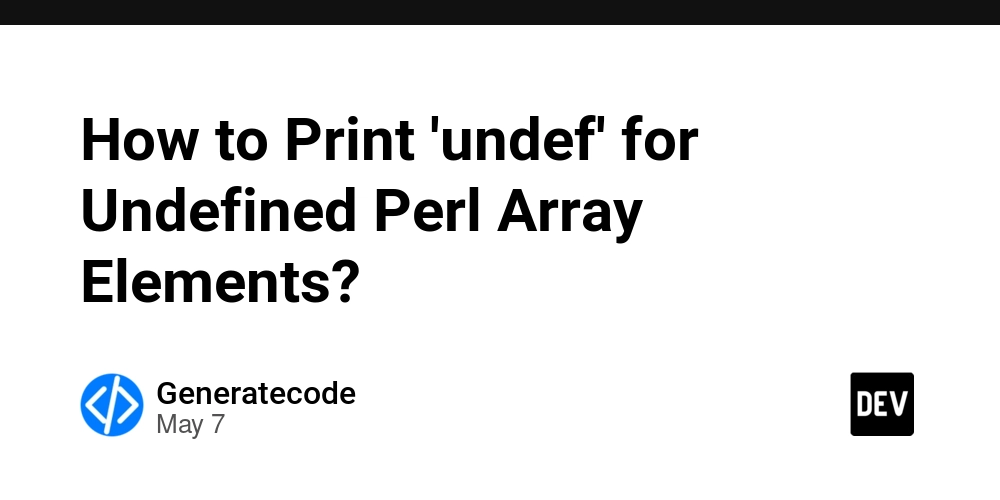
In Perl, dealing with undefined values in arrays can be tricky, especially when you want to print the elements without encountering warnings. In this blog post, we'll explore how to output 'undef' for undefined array elements instead of leaving them blank, ensuring your Perl script runs smoothly and clearly communicates the information you intend to display.
Understanding Undefined Values in Perl
Undefined values in Perl occur when an element of an array hasn't been assigned a value. When this happens, a warning is generated when trying to print or manipulate these undefined values. For instance, if you have an array with a mixture of defined and undefined values, Perl does not replace the undefined values with a placeholder, leading to output that can confuse users or readers.
The Problem in Your Code
Let's take a look at your initial setup:
#! /usr/bin/env perl
use warnings;
use strict;
use utf8;
use feature qw(say);
my @a1 = 1..8;
my @a2 = (4143, undef, 8888);
my @a3 = qw(a b c);
say "@a1 and @a2 and @a3";
exit(0);
When you try to print @a2, which contains an undefined element, Perl will issue a warning regarding the uninitialized value. This is because undef does not naturally translate into a user-friendly output; it simply leaves a gap. Your goal is to modify this output to display the string 'undef' instead.
Step-by-Step Solution
To achieve this, you can iterate through your array elements and check each one for a defined value. If an element is undefined, replace it with the string 'undef'. Here’s how to do it:
1. Modify the Print Logic Using a Loop
You can adjust your code to include a loop that checks each element of the arrays before printing. Here's an updated version of your script:
#! /usr/bin/env perl
use warnings;
use strict;
use utf8;
use feature qw(say);
my @a1 = 1..8;
my @a2 = (4143, undef, 8888);
my @a3 = qw(a b c);
sub print_array {
my @array = @_;
for my $item (@array) {
if (defined $item) {
print "$item ";
} else {
print "undef ";
}
}
}
print_array(@a1);
print "and ";
print_array(@a2);
print "and ";
print_array(@a3);
print "\n";
exit(0);
2. Explanation of the Code
-
Creating the Print Function: We define a subroutine called
print_arraywhich accepts an array. Within this subroutine, we iterate over each item and check if it is defined using thedefinedfunction. - Conditionally Printing: If the item is defined, we print it as is; otherwise, we print the string 'undef'. This approach allows for a clean and informative output without generating warnings.
-
Output the Arrays: Finally, we call
print_arrayfor each of our arrays with appropriate formatting. This ensures that regardless of undefined values, our output remains clear and informative.
Output Result
When you run this modified script, you would see the following output:
1 2 3 4 5 6 7 8 and 4143 undef 8888 and a b c
This output now accurately reflects the presence of undefined values with a clear message while avoiding warnings.
Frequently Asked Questions
Q: Why does Perl warn about undefined values?
A: Perl warns about undefined values to help developers catch potential bugs in their code. It ensures that you address cases where a variable might be used before being properly assigned a value.
Q: How can I suppress warnings in Perl?
A: While you can suppress warnings using no warnings;, it is generally better to handle undefined values instead of ignoring them. This improves the clarity and reliability of your code.
Q: Can I handle undefined values in other data types?
A: Yes, this approach can be adapted for hashes and other data structures. The conditional check for 'defined' can be used universally across different Perl data types.
Conclusion
In conclusion, handling undefined values in Perl arrays can be easily managed by checking each element and using conditional logic for printing. By implementing a subroutine to encapsulate this functionality, you can maintain clean output while effectively communicating the state of your data. Now you can confidently display 'undef' in your Perl scripts without warnings!






































































![Beats Studio Pro Wireless Headphones Now Just $169.95 - Save 51%! [Deal]](https://www.iclarified.com/images/news/97258/97258/97258-640.jpg)















![Honor 400 series officially launching on May 22 as design is revealed [Video]](https://i0.wp.com/9to5google.com/wp-content/uploads/sites/4/2025/05/honor-400-series-announcement-1.png?resize=1200%2C628&quality=82&strip=all&ssl=1)
















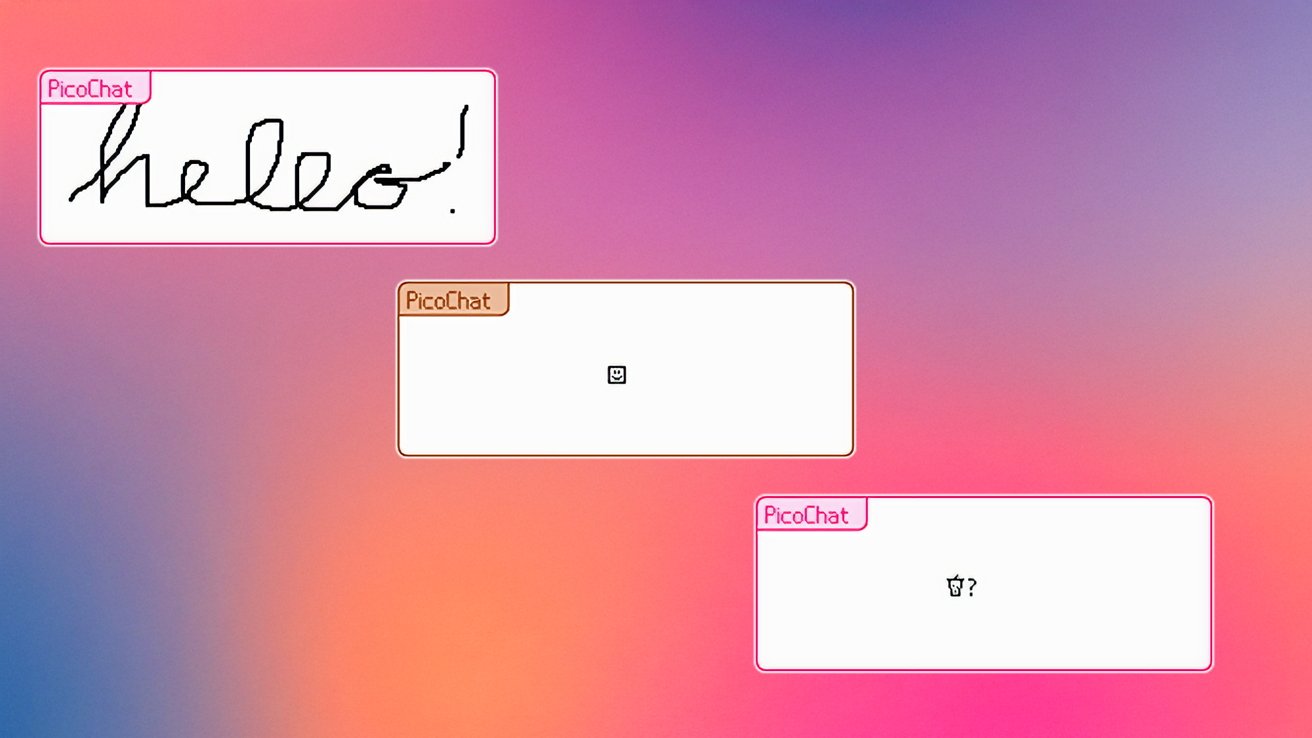










































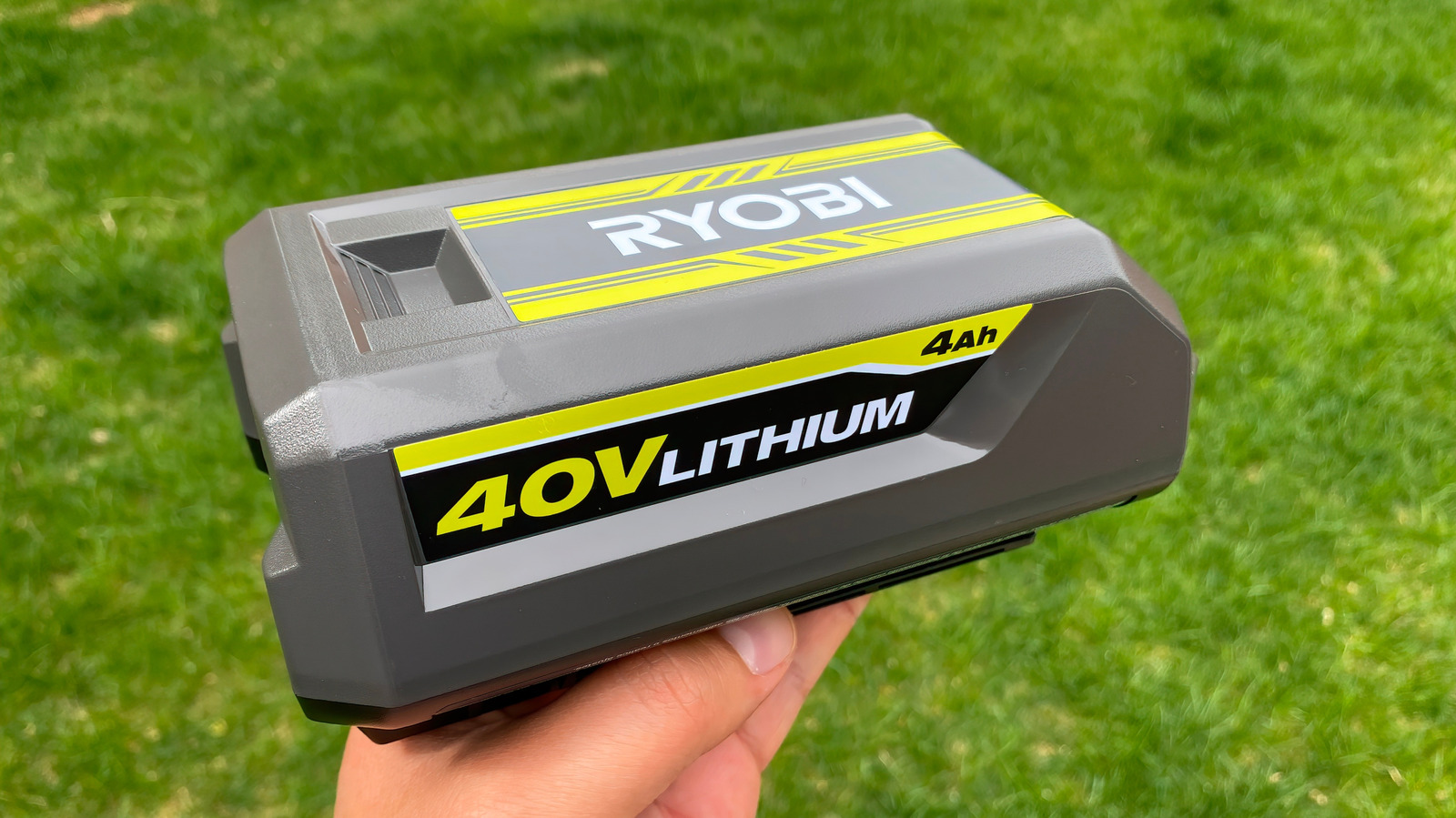







































































































































































![[The AI Show Episode 146]: Rise of “AI-First” Companies, AI Job Disruption, GPT-4o Update Gets Rolled Back, How Big Consulting Firms Use AI, and Meta AI App](https://www.marketingaiinstitute.com/hubfs/ep%20146%20cover.png)
















































































































![[DEALS] The Premium Python Programming PCEP Certification Prep Bundle (67% off) & Other Deals Up To 98% Off – Offers End Soon!](https://www.javacodegeeks.com/wp-content/uploads/2012/12/jcg-logo.jpg)
